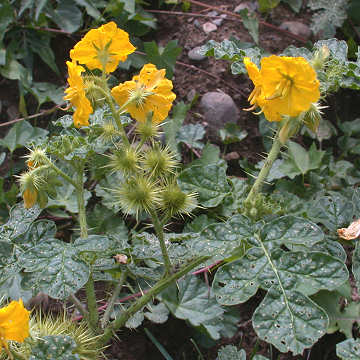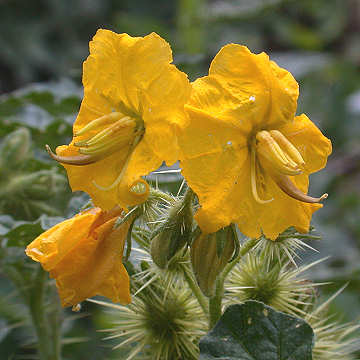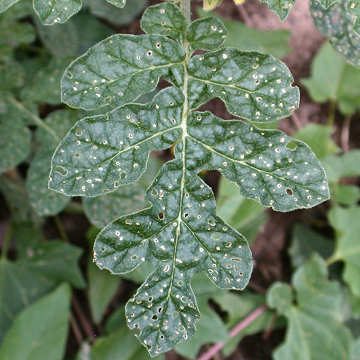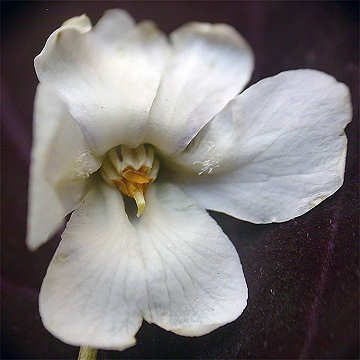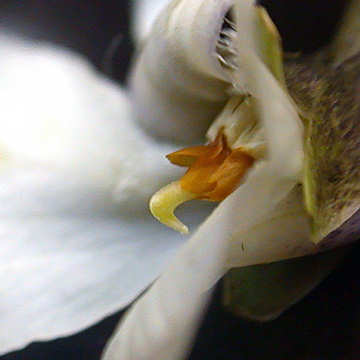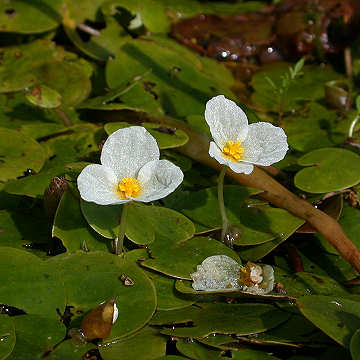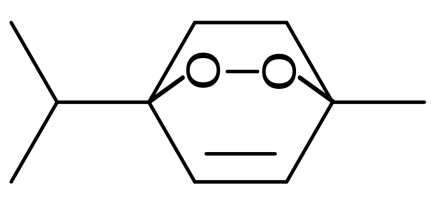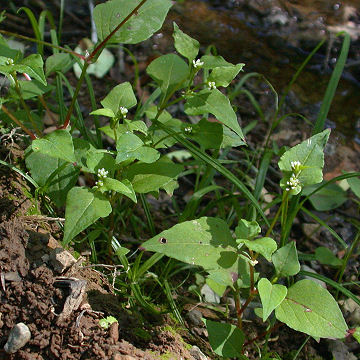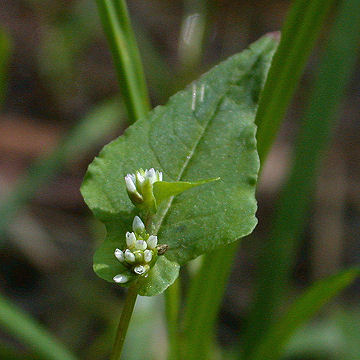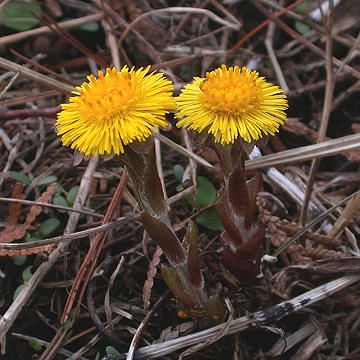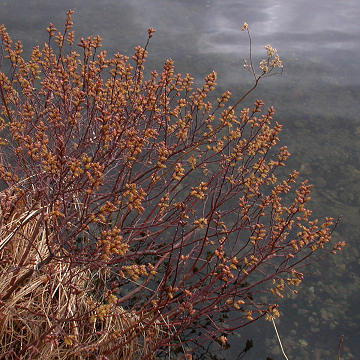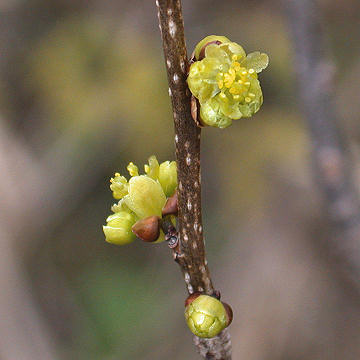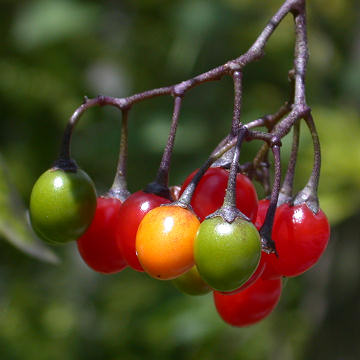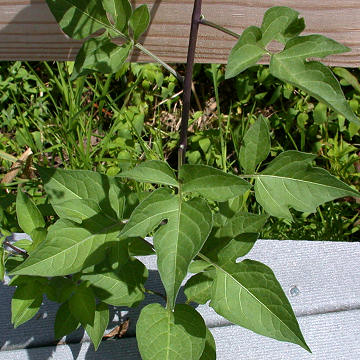Two years ago I found Geum ×catlingii in Cortland, New York. Since then I have seen this hybrid is several other counties including Cayuga, Chemung, Onondaga, Tompkins, and Tioga. It is a hybrid of Geum canadense and G. urbanum. It is fairly easy to identify for its pale yellow flowers and large stipules. It otherwise looks like G. canadense but is mostly sterile.
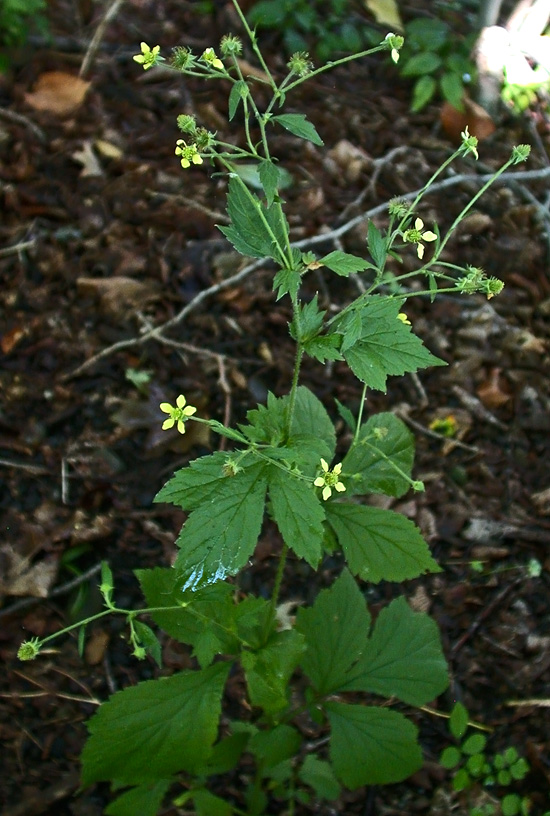
Overall habit of G. ×catlingii
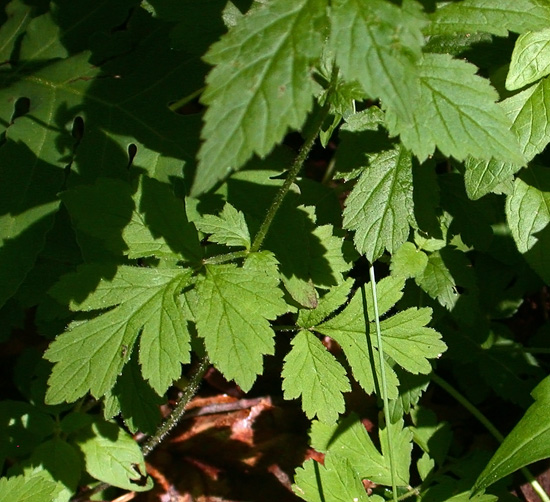
Lower leaves showing large stipules and rather hairy stem.
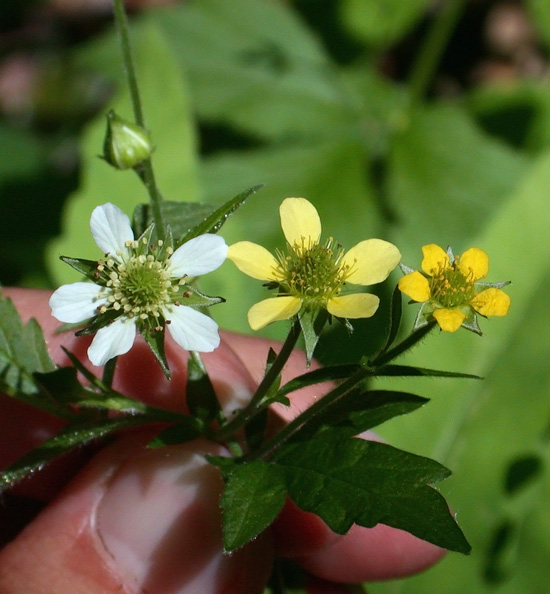
Flowers of Geum canadense (left), G. ×catlingii (middle), and G. urbanum (right)
Earlier this year I found another Geum urbanum hybrid. At the time I knew G. rivale was one of the parents but it took a second visit to the site and closer examination of the plants to determine the other parent as G. urbanum. This hybrid is named G. ×intermedium and until now was only reported from Europe.

Nodding flowers with erect or ascending yellow petals and ascending to spreading sepals

Sepals are green suffused with purple

Leaves with rather rounded lobes and large stipules similar to G. urbanum
There was one other Geum hybrid that I was interested in finding this summer, G. ×macneillii which is the hybrid of G. laciniatum and G. urbanum. It was only known from Quebec, Canada and was described by the same authors who described G. ×catlingii. I set out to find a large population of G. laciniatum where G. urbanum was also common. A village park along a river floodplain turned out to the the perfect spot. There were three plants total, two rather small in stature similar to G. urbanum and one larger plant closely resembling G. laciniatum. Both forms had a combination of features separating it from the parents. These included yellow flowers with petals shorter than the sepals, stiff deflexed hairs on the stem, relatively large stipules, and flowers with numerous carpels that were consistently sterile in all of the plants found.
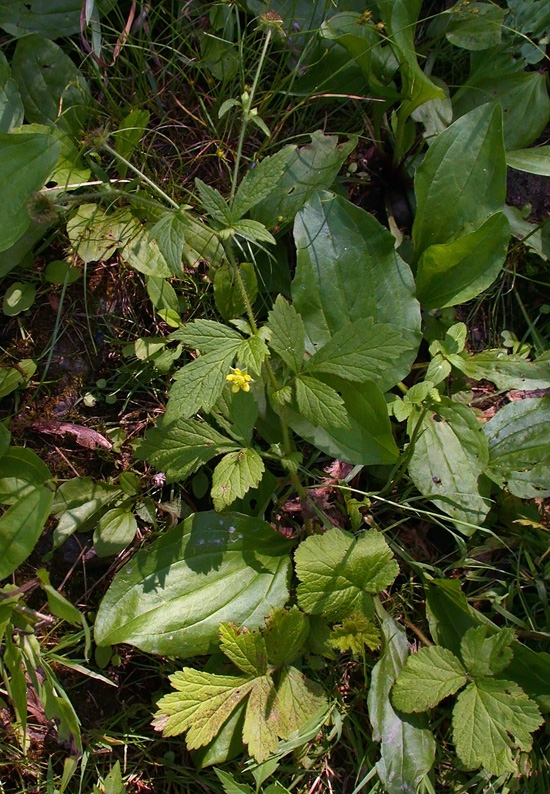
Overall habit of G. ×macneillii. This is one of the smaller plants found.

Stout, stiffly hairy stems and relatively large stipules
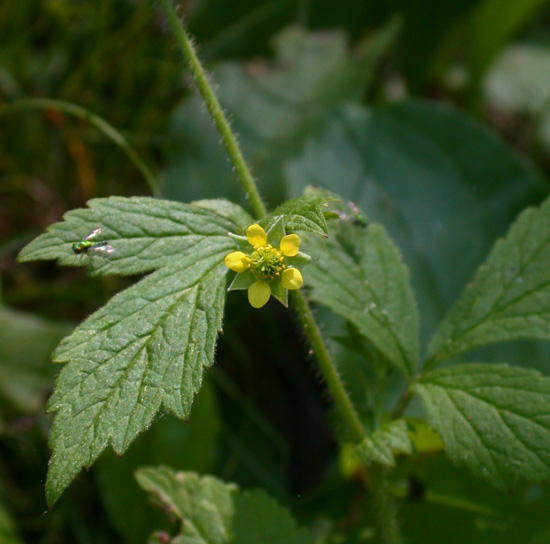
Yellow petals shorter than the sepals (paler than G. urbanum but not as pale as G. ×catlingii)
On a return visit to the site I found a plant growing among G. laciniatum that had the general characteristics of that species but the foliage more closely resembling that of G. canadense. Most of the G. laciniatum had finished flowering and were setting fruit but this plant was still flowering and had some flowers with normally developing fruit and others that appeared sterile. The petals were also a bit wider and lacked the creamy color typical of G. laciniatum. I took some back to the lab and noticed the achenes were fewer in number than G. laciniatum but more than G. canadense, and the receptacle they attach to had more hairs on it than G. laciniatum. Over the next few weeks I found two more populations, one in the same county and another several counties away. I eventually decided to name this hybrid G. ×cortlandicum and published this along with reports of the other hybrids in Phytoneuron. The full citation is
Hough, M. 2018. Geum ×cortlandicum (Rosaceae), a new natural hybrid plus three Geum urbanum hybrids new to the flora of New York. Phytoneuron 2018-59: 1–9.

This is the original plant of Geum ×cortlandicum that I found earlier this year

Stiff hairs of the stem
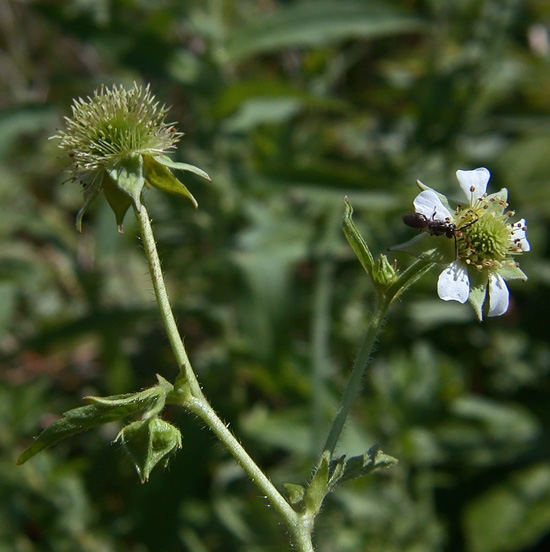
This is one of the more robust plants that I found at another site in Seneca County, NY
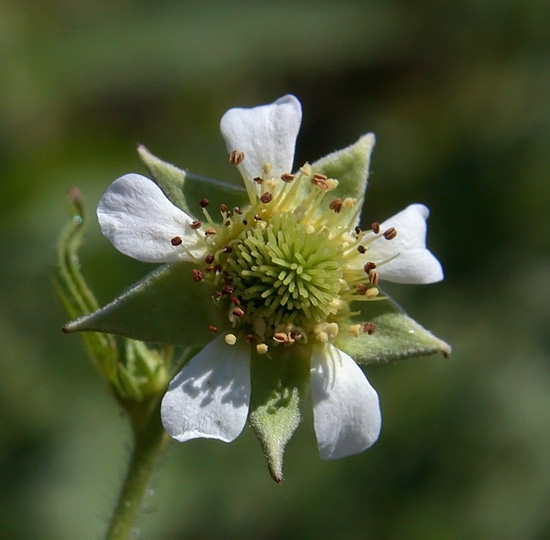
Closeup of the flower. Plants in this population had more carpels than plants at other sites but the number of stigmas is still fewer than is typical of G. laciniatum

Head of achenes under the dissecting scope. Notice glands on the body of the achenes which occurs in some forms of G. canadense (typical of that species where these plants were found). There are also some hairs on the achenes. While there is a variety of G. laciniatum that has some hairs on the achenes (var. trichocarpum), G. laciniatum growing with these plants all had glabrous achenes.
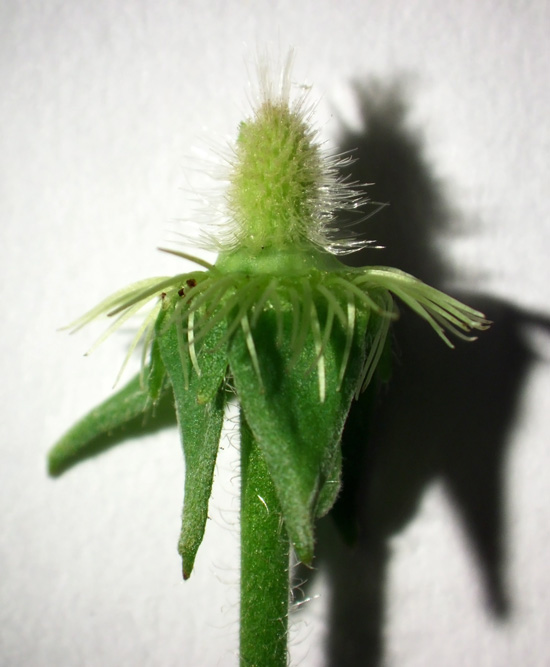
The fruiting receptacle with the achenes removed. In G. laciniatum all but the tip and very base would be glabrous or have a few very short hairs. The hairs on this specimen are like those of G. canadense but are less dense. This is an important feature of the hybrid but should be considered together with the other features described.
